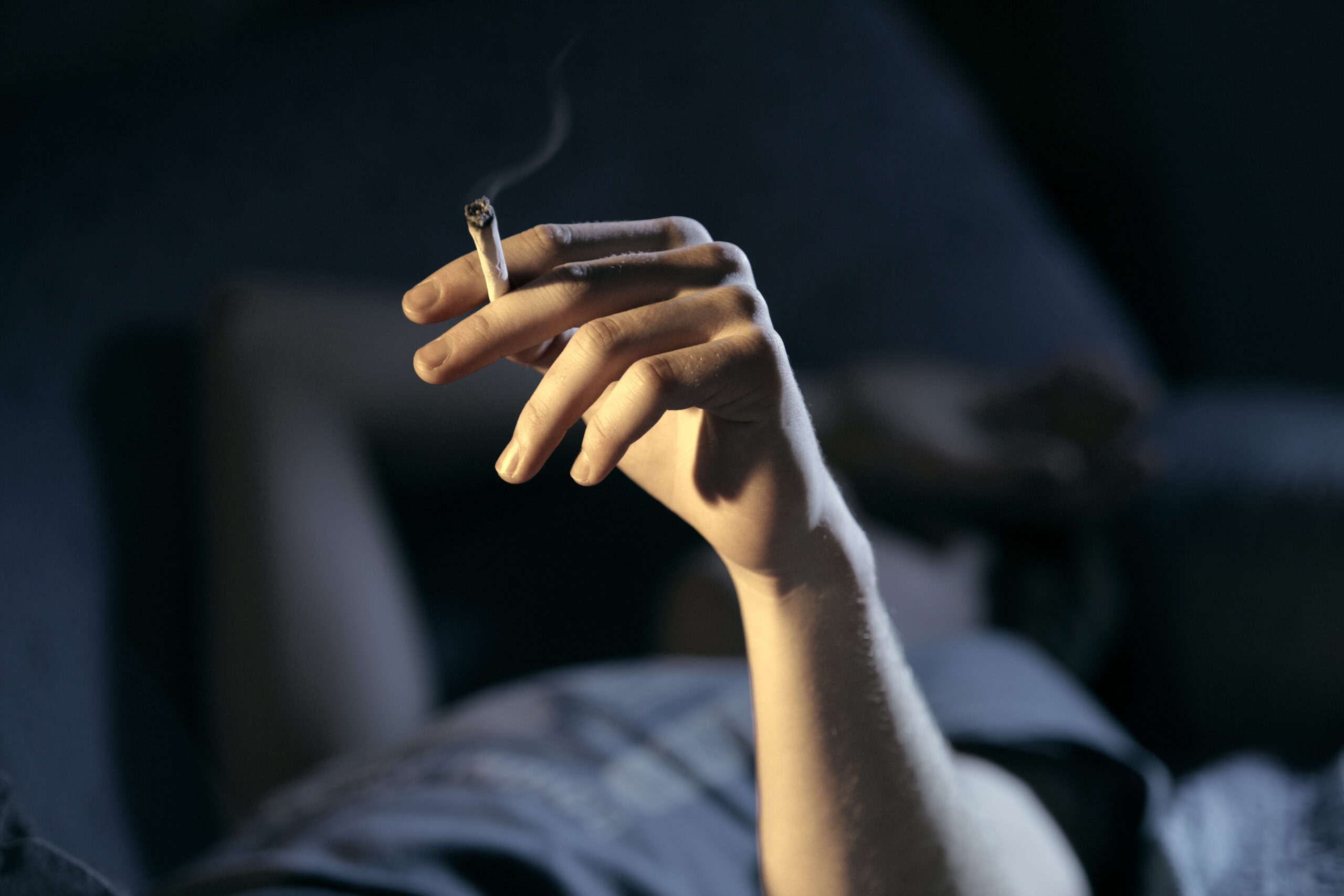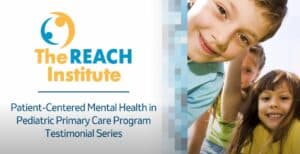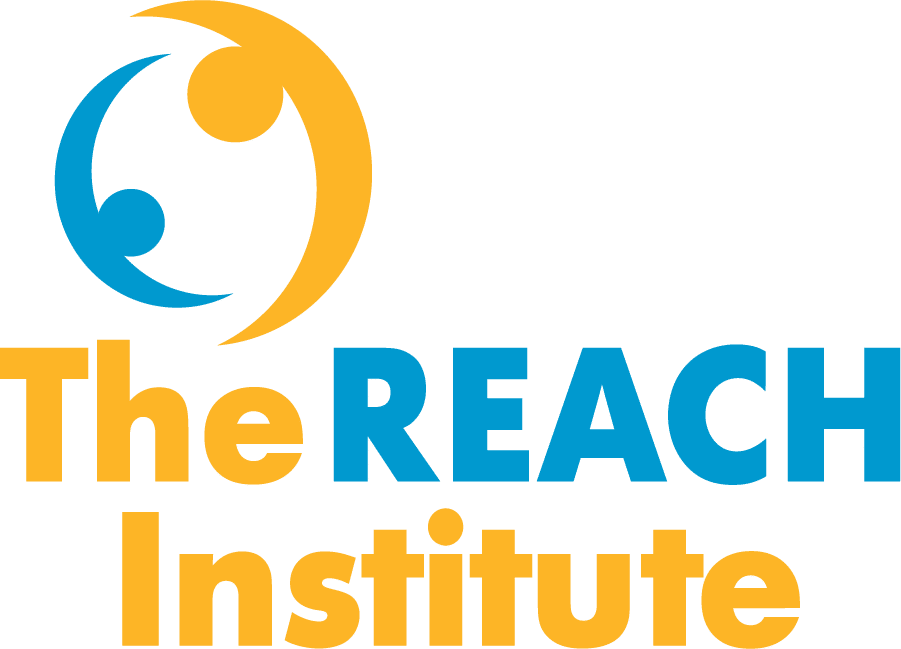Managing Mental Health Disorders in Adolescent Cannabis Users
- August 21, 2025
- The REACH Institute
- Child mental health, High-risk children & youth, Pediatric primary care

“Mental health disorders and substance use are a very common comorbidity, including among youth cannabis users,” shares child and adolescent psychiatrist Blair Ritchie, MD FRCPC. With 40% of youth reporting prior cannabis use, pediatric primary care providers are increasingly likely to see patients in this population who also have mental health needs.
Research on the relationship between cannabis use and concurrent mental health disorders is still emerging. Current data shows an association between youth cannabis use and anxiety, as well as depression. Up to 20% of youth cannabis users also go on to develop cannabis use disorder.
As a follow-up to REACH’s article about youth cannabis use and harm reduction, we asked Dr. Ritchie to walk us through what clinicians should know when diagnosing and treating mental health disorders among youth cannabis users.
How Cannabis Use Interacts with Mental Health Disorders and Treatments
Cannabis can have a complex relationship with common mental health disorders. For example, Dr. Ritchie has seen cannabis use exacerbate symptoms of ADHD, anxiety, and depression. Yet some patients report that cannabis temporarily reduces their anxiety and use it to self-medicate.
One challenge for clinicians is that scientific research still lags behind patient experiences and what they may be hearing online or from friends about the benefits of cannabis. For example, there is preliminary evidence that CBD, a component of cannabis, may be helpful in treating anxiety and psychosis, though the data is limited and the CBD market is not well-regulated. There is no evidence, however, that products with high amounts of THC, the psychoactive compound in cannabis, are helpful for depression and anxiety.
When treating mental health disorders in patients who use cannabis, Dr. Ritchie advises clinicians to follow the standard of care while being alert for potential medication interactions and comorbid cannabis use disorder.
Resources like DrugCocktails.ca can help identify potential interactions between prescription medications and cannabis, as well as other street drugs. Non-medication treatments like Cognitive Behavioral Therapy (CBT) are also effective for both anxiety and depression without the risk of medication interactions.
Cannabis Use Disorder: What Clinicians Should Know
“By the time I see a pediatric patient with cannabis use disorder, everyone in the family is generally aware, and it’s already a pretty big deal,” explains Dr. Ritchie. For example, parents may get so desperate that they purchase cannabis for their children to keep them from buying it on the street.
Meeting the diagnostic criteria for cannabis use disorder requires that patients experience impairment or distress that meets at least two of eleven criteria. These criteria include experiencing increased tolerance for cannabis, withdrawal symptoms, cravings, and/or disruption of basic life activities (such as school, socializing, or recreation) due to cannabis use.
If a clinician suspects a patient may have cannabis use disorder, the CRAFFT teen health screen can help identify the risk level and appropriate next steps.
The best evidence-based treatments for adolescent substance use disorders include family-based therapy, Cognitive Behavioral Therapy (CBT), and motivational interviewing. Because family dynamics and family therapy are such an essential part of youth substance use treatment, specialized programs will often offer parenting groups and support services.
Beyond these gold standard treatments, there is some evidence for self-supported groups or 12-step programs like SMART Recovery. At this time, there is no pharmacological treatment for adolescent cannabis use disorder, though the supplement N-acetyl cysteine (NAC) has shown some potential.
Dr. Ritchie notes that clinicians don’t have to become experts in substance use disorders to help patients and families who are struggling with cannabis use. “You can refer adolescents to a treatment program. You can conduct motivational interviewing to help them find a reason to abstain or reduce their use. You can also screen them for and treat any comorbid mental health disorders, which can improve outcomes for patients and their families.”
Resources
- Clinicians, parents, and patients may find the Drug Cocktails.ca website helpful for understanding the potential risks of mixing different prescription medications and street drugs.
- To learn more about motivational interviewing, REACH’s article on cannabis use and harm reduction provides a helpful overview and further resources.
- Evidence suggests an association between cannabis use disorder and suicidality among adolescents, making screening for depression and suicidality alongside substance use disorders especially important.
- For clinicians looking for non-medication treatments for mental health disorders, REACH offers courses for clinicians on both CBT for anxiety and CBT for depression in pediatric primary care.
Categories
- ADHD
- Anti-racism
- Anxiety
- Assessment & screening
- Autism
- Child mental health
- Coding
- Cognitive behavioral therapy
- College transition
- Culturally responsive
- Depression
- Eating disorders
- Foster care
- Grief
- High-risk children & youth
- LGBTQIA
- Medication
- Parents
- Patient communication
- Pediatric primary care
- School refusal
- Sleep disorders
- Suicide
- Trauma
- Show All Categories
Register for courses
“The REACH Institute Video Testimonials: JoAnn  ”
”
